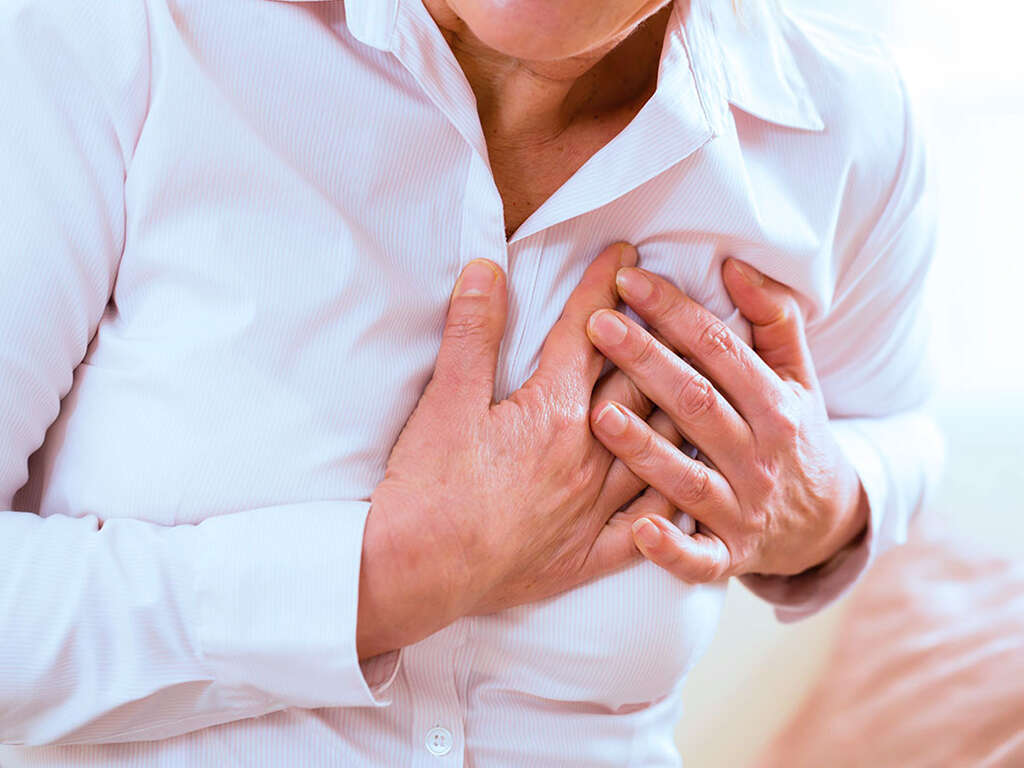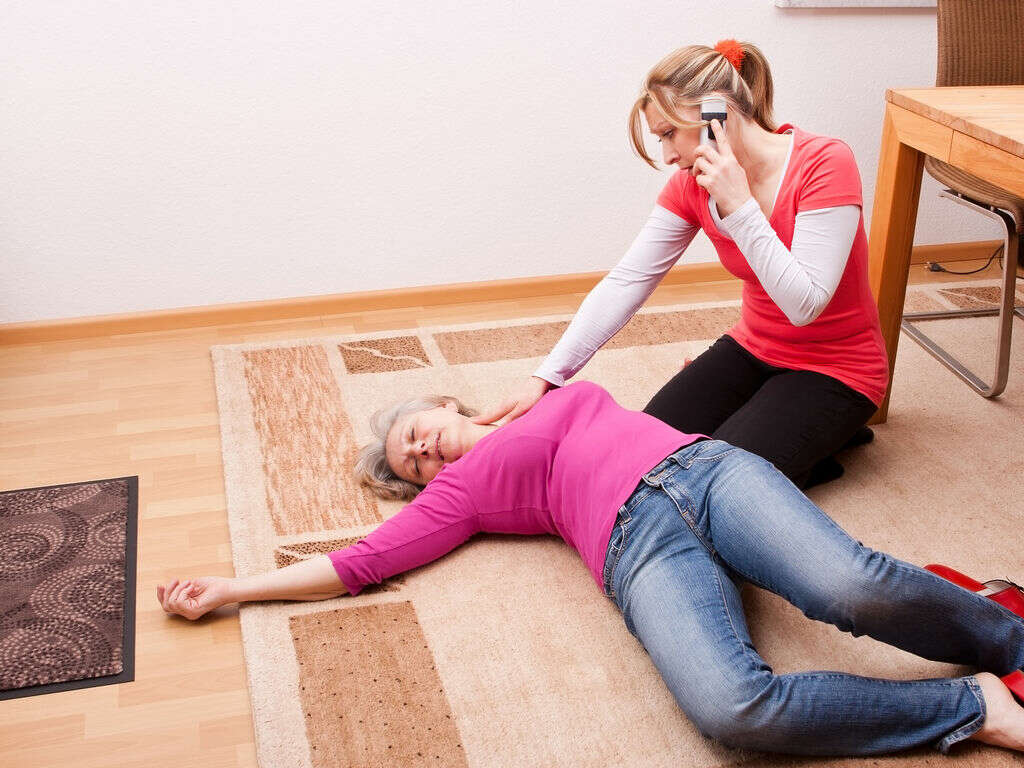What Is Vasovagal Syncope?
Vasovagal syncope is the most common type of syncope among young adults and it can also occur at any age. It most commonly occurs when the affected individual is in a standing position and precipitated by pain, emotional stress, or fear. During this time, autonomic symptoms are predominant. It is thought to occur due to a number of mechanisms that ultimately result in decreased peripheral vascular resistance. This means that it causes a drop in blood pressure leading to syncope.
Vasovagal syncope is also known as reflex syncope or neurocardiogenic syncope. It is usually harmless. The body is full of nerves that control the blood vessels and the heart - the neurocardiogenic system. This system plays an important role in the regulation of blood pressure by dilating or constriction of the blood vessels. Normally, the nerves coordinate to ensure that there is adequate blood supply to the brain. When there is inadequate blood supply to the brain, the affected individual can lose consciousness.

1. Causes of Vasovagal Syncope
As previously explained, the mechanism causing vasovagal syncope to occur would be the overstimulation of the vagus nerve resulting in dilation of the blood vessels and the heart to slow down. This reduces the heart’s ability to pump blood toward the brain against gravity. Since there is inadequate blood supply to the brain, the brain shuts down temporarily leading to loss of consciousness or syncope. To reduce the risk of vasovagal syncope, it is best to avoid triggers such as excess heat, intense pain, standing for long durations, intense emotion, skipping meals, dehydration, sight of blood, prolonged exercise, or seeing a needle. Other potential triggers include coughing, having a bowel movement, and urination.

2. What Is Syncope?
Syncope can be defined as a loss of consciousness that is temporary and self-limiting causing inability to maintain posture and followed by spontaneous recovery. It is important to note that this definition excludes other states of altered consciousness such as coma, seizures, or shock.
While most causes of syncope are usually harmless, it may be due to a life-threatening event in some patients.

3. Important Points of Syncope
For syncope, the best way to evaluate it would be to obtain the history from the patient and performing a physical examination on the patient. The detailed account from the patient should involve asking possible precipitating factors of the syncope, position the patient was in, and activity the patient was doing when the syncope occurred.
Other questions include determining if there was complete loss of consciousness, spontaneous recovery, if there was loss of postural tone, etcetera. When there are symptoms such as breathlessness, palpitations, chest pain, double vision, severe headache, dysarthria, ataxia, and neurological symptoms, the individual should seek medical attention as soon as possible.
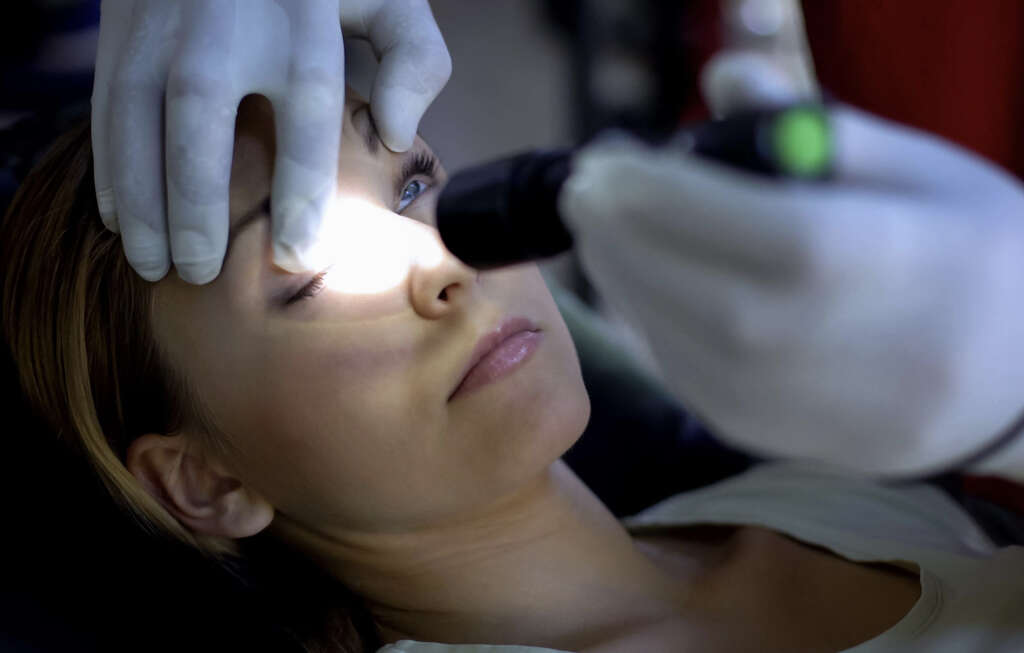
4. Types of Syncope
Besides vasovagal syncope, there are other types of syncope such as cardiopulmonary syncope, which occurs due to cardiovascular disease. Some examples include arrhythmia, cardiomyopathy, and vascular dysfunction. Vasovagal syncope can be divided into reflex syncope, which occurs due to emotional distress or situational syncope, where it is due to a fixed event.
In situational syncope, the syncope is reproducible with a known precipitant such as deglutition, exercise, micturition, defecation, etcetera. In these situations, the stimuli lead to a vasodepressor response causing low blood pressure and temporary inadequate blood supply to the brain, resulting in syncope.
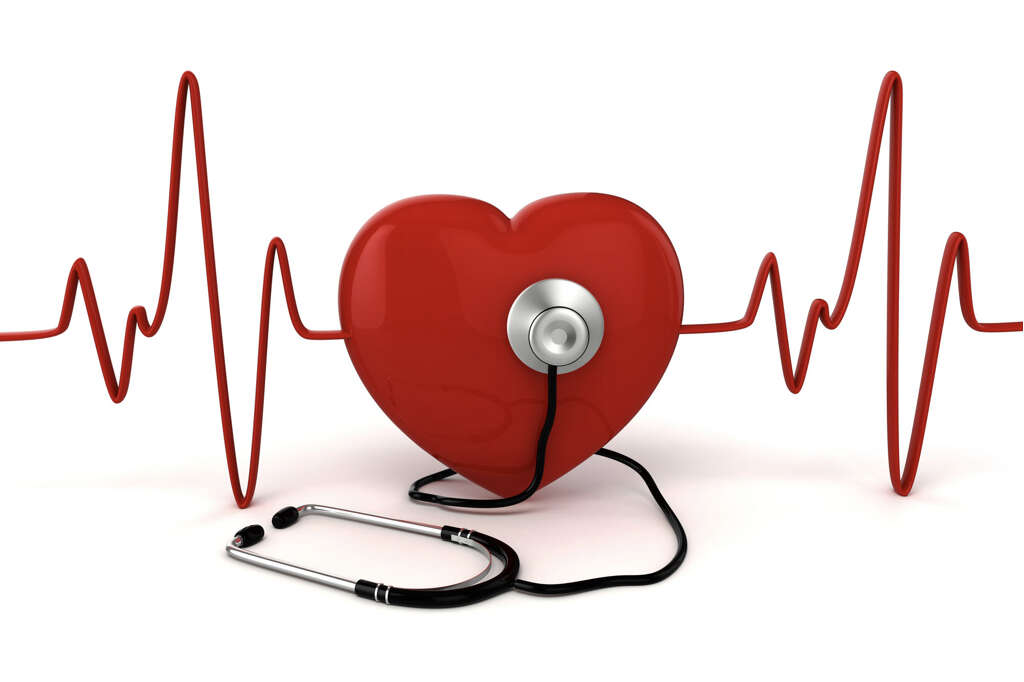
5. Symptoms
There are some tell-tale signs before syncope actually occurs. In most cases, there is often feeling dizzy, lightheadedness, blurry vision, sweaty palms, nausea, and turning pale. To prevent an episode of syncope, try lying down before fainting occurs.
Fainting is nature’s way of correcting the issue of inadequate blood supply to the brain as the affected individual falls to the ground when they faint. This restores blood flow to the brain and consciousness usually returns fairly quickly.

6. Diagnosis
For the diagnosis of vasovagal syncope, the doctor will review the patient’s history and perform a physical examination. Blood pressure measurements will also be performed in different positions such as sitting, standing, and laying down. An electrocardiogram (ECG) may be performed to evaluate the heart’s rhythm. In some cases where other causes are possible, other tests such as continuous ECG to analyze heart rhythms, exercise stress testing to see how the heart performs during exertion, echocardiogram to analyze blood flow in the heart, and blood work.
Some physicians may also order a tilt table test where the patient lays down on a table that is tilted repeatedly to measure the blood pressure and heart rate. Those with vasovagal syncope may faint during the upward tilt.
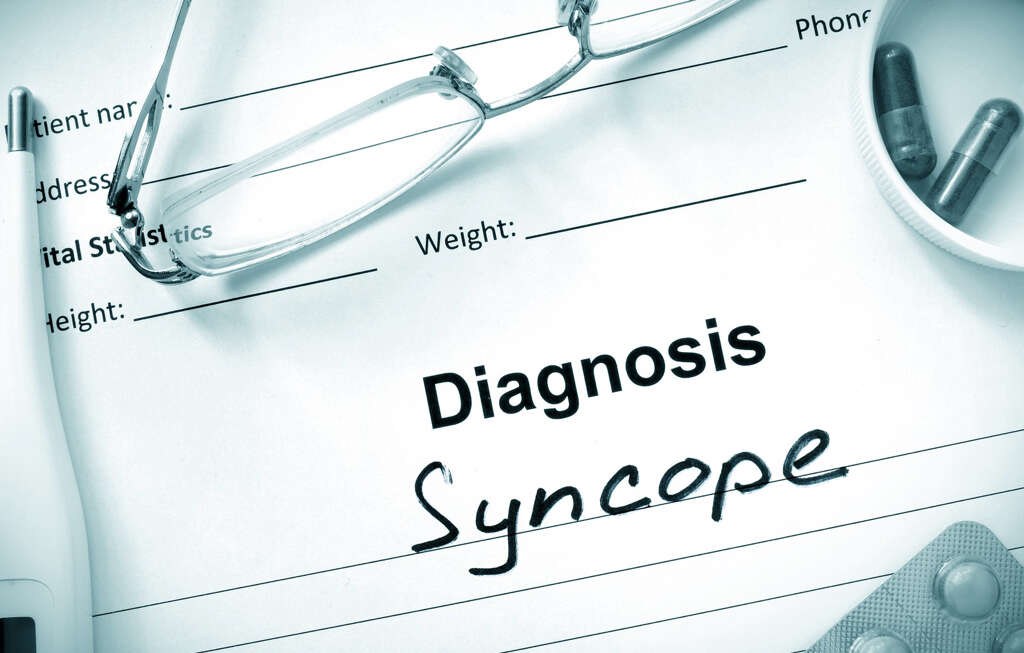
7. Treatment and Management
The best way to manage vasovagal syncope would be for the individual to recognize the signs and symptoms before fainting and lying down. Another way to prevent fainting would be to cross the legs, tensing the arms, and raising or putting the legs up in the air.
When an individual has fainted, help the individual lay down and lift their legs in the air to restore blood flow to the brain. This will help them to regain consciousness. Those prone to vasovagal syncope should also avoid triggers, ensure adequate hydration, discontinue medication that causes low blood pressure, and wear abdominal binders or compression stockings. Some doctors may also prescribe medicine to help control vasovagal syncope such as corticosteroids, serotonin reuptake inhibitors, and alpha-1-adrenergic agonists.

8. Syncope Epidemiology
Since vasovagal syncope is a subtype of syncope, the epidemiology statistics available are based on syncope. In the United States, it is estimated that it reoccurs in 3% of those affected with 10% having a cardiac cause. Internationally, Japan and Europe has syncope accounting for 1% to 3.5% of visits to the emergency department.
The National Hospital Ambulatory Medical Care Survey found that syncope affects all age groups but most commonly the adult population. There are many studies where patients above the ages of 45, 65, and 80 years old are thought to have a higher risk of syncope.
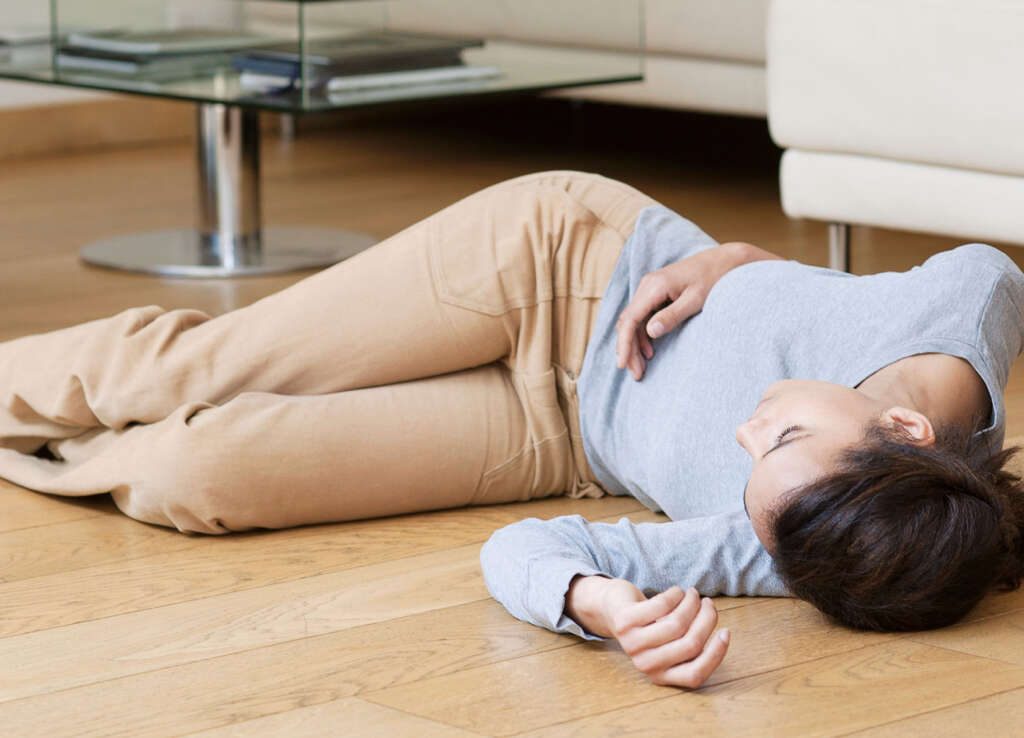
9. Complications and Prognosis
Although vasovagal syncope itself is not dangerous, syncope in general can cause certain issues if it occurs during certain times such as driving. Most individuals who have rare episodes of vasovagal syncope can perform activities such as driving.
However, those with chronic syncope that is not under control should refrain from driving especially if there are little to no warning signs that vasovagal syncope is about to occur as this can lead to accidents. Alert a friend or family member nearby to reduce the likelihood of injury from syncope. It is best to discuss with your doctor regarding what activities should be avoided. Prognosis for vasovagal syncope is excellent.

10. Questions to Ask Your Healthcare Provider
Before visiting your healthcare provider, write down any questions you may have. Let your doctor know the reason for the visit and what you expect out of the visit. It would be best if you have someone that can be of company to help ask questions and remember advice. It may be helpful to bring a notebook and pen to write down instructions from your doctor.
Writing down the medication, treatment, and test can also be beneficial for those interested to learn more about their condition. Remember to ask about treatment options and what to expect if you do not want to go forward with the test, procedure, or medication.





